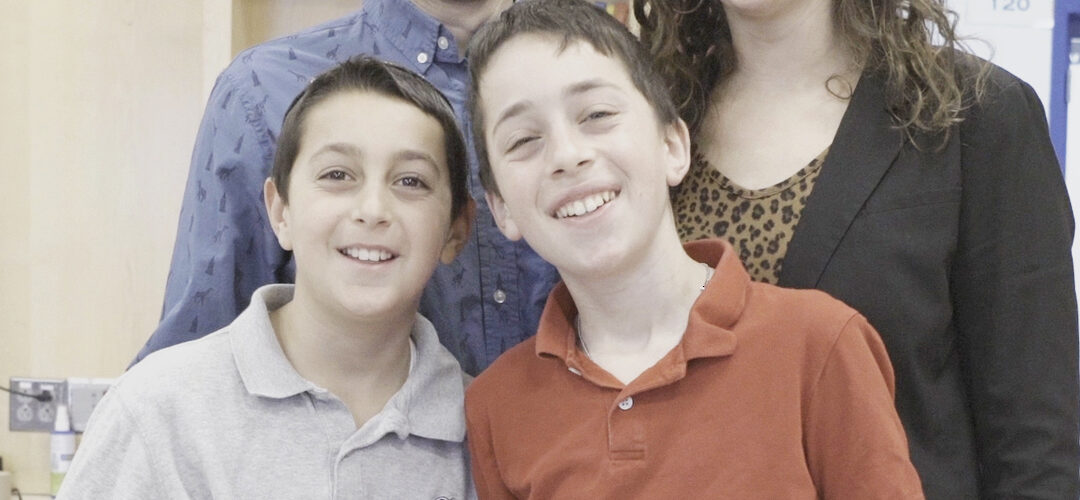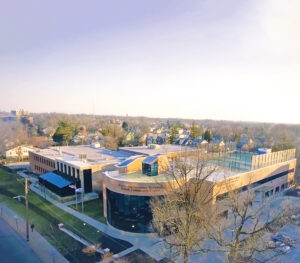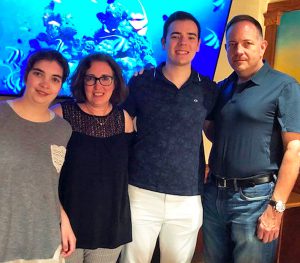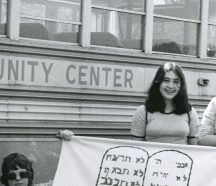Early Immigration
If you were a European Jew looking to improve your lot at the turn of the 20th century, you looked toward the promise of the United States. And if you could afford passage—and were in relatively good health—chances are, you would have been allowed to stay. In those days, there were few restrictions when it came to American immigration. During that time, more than a million Jews arrived in the U.S., with an estimated 25,000 settling in Baltimore. But the city’s newest residents, often arrived with scant possessions, little knowledge of America and couldn’t speak English. To their aid came the Hebrew Immigrant Aid Society (HIAS), organized by a group of Russian immigrants in Baltimore in 1903. Working out of an office at 1613 E. Baltimore Street, HIAS members met newcomers at the Locust Point pier, helped them navigate customs, corresponded with local relatives and helped them locate housing and employment.
Newly arrived immigrants also needed help learning English and American customs. Beginning in 1909, the Jewish Educational Alliance offered courses in English, vocational trades, citizenship and “Americanization” classes. (Representatives would distribute JEA information cards in both English and Yiddish.) Children received specialized education in “steamer classes,” named after the immigrant passenger ships, to help them learn English and American ways of life. (The JEA would eventually became part of the JCC in the early 1950s.)
During World War I people came to the HIAS office in order to send money to family in Europe with more than 4,270 taking place in 1916 alone, to verify landings for citizenship papers, for children to get work permits, assistance in writing letters and English lesson were given “with a view of improving the applicant’s position as a wage-earner.”
During the Great Depression, with the tide of immigrants slowed, HIAS worked to ensure people had their U.S. citizenships in order to receive government benefits. “This office was besieged by young people who had emigrated with their parents when infants, some of them under the impression that they were citizens, until disclosure of circumstances proved the contrary. This condition proved a severe hardship,” read a HIAS report from the time.
When the Nazi regime began making life unbearable for Jews in Germany, refugees again began arriving in Baltimore. In the late 1930s, the Refugee Adjustment Committee provided German immigrants fleeing Nazi rule with financial assistance, job placement services and social workers to help them adjust to their new homes. At the same time, the newly established Associated Placement and Guidance Bureau (APGB) oversaw technical training, career counseling and job placement for the Jewish community in Baltimore. Today, the organization exists as Jewish Community Services, which still helps job seekers find employment.
With the outbreak of World War II, HIAS Baltimore worked with international organizations to assist refugees from Nazi Germany, and helped those in displaced persons camps resettle in the city. The Baltimore office also began processing restitution claims against Germany for the persecution that occurred under the Nazi regime–the only HIAS in the country to do so.
Subscribe to our newsletter
The Associated is a home for everyone in the Baltimore Jewish community. We offer several email lists to help people find a community, engage with their peers and support Jewish journeys around the world.
Join Our Mailing ListAdd Impact to Your Inbox
Sign up for our newsletter
Subscribe to our newsletter
The Associated is a home for everyone in the Baltimore Jewish community. We offer several email lists to help people find a community, engage with their peers and support Jewish journeys around the world.
Join Our Mailing List









 Please Wait while we loading your video.
Please Wait while we loading your video.